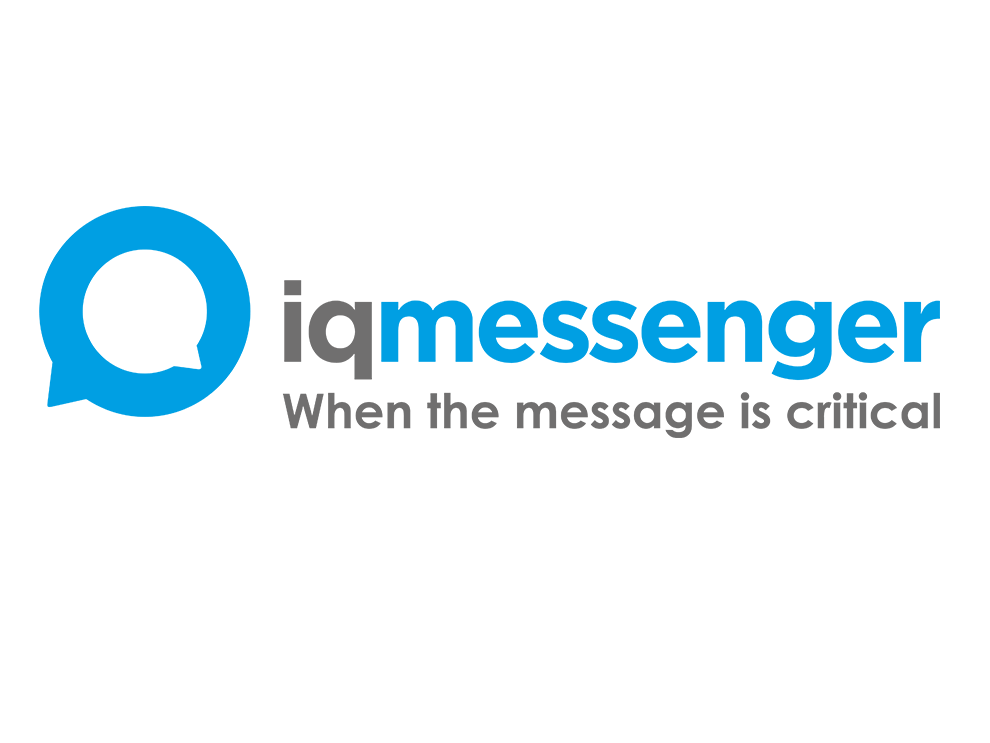From incubator space to seperate rooms
Version 1.0.
Products and services
Sensors in the incubator roomIndustrie
HospitalLocation
Netherlands
The new ‘woman & child center’, from large incubator space to seperate rooms
On April 6, the Spaarne Gasthuis celebrated the official opening of the new Woman & Child center. The center works with a family-oriented care philosophy. This means that mother and child will no longer be seperated after birth. Not even if one or both of them need extra care. Mother and baby can stay together in fully equipped suites. Research has shown that this is essential for attachment. In the children’s ward, too, the starting point is that parents participate in care and are closely involved in the treatment.
In the old situation, nurses entered a room with incubators and there was an overview of all patients. The individual rooms require remote monitoring. Alarms from medical equipment must arrive on the handset of a nurse. All medical care for wife and child are united; pediatrics, neonatology, gynecology and obstetrics have been brought close together. Alarms from monitors, incubators, the nurse call system and smart optical and acoustic sensors are forwarded to smartphones with the IQ Messenger software. The assignment for nurses (of these alarms to smartphones) had to be simple and easily accessible.
Mothers and babies are no longer separated in the new department. A disadvantage of this care concept is that there is less overview than in the former open department.
Bart Titulaer, Clinical Physicist at Spaarne Gasthuis, says:
“Babies from 32 weeks stay here, this is the “normal neonatology”, where no ventilation is needed. Nurses want to be in control of what happens, suddenly it can get worse with a baby or mother. It is difficult to predict this. This used to be easier to estimate because you could see the parents and children. This requires the distribution of monitors, incubators and nurse call alarms to an intelligent app for alerting on a smartphone, namely the IQ Messenger SmartApp.”

Smart sensors on maternity neonatology suites
Smart cameras are installed on all neonatology suites.
Titulaer:
“There used to be a listening post, with flashing buttons, to listen back. These systems and audio cables are very expensive. Smart sensors are cheaper and offer more functionality than a listening post. With the smart sensor we can call, listen and set up detection zones. Thanks to the extensive interface, notifications are received on the IQ Messenger SmartApp.”
From the SmartApp you can see if a nurse is already present in the room. The patient can activate the privacy mode on the camera with the yellow button on the nurse call system. For example if she is going to breastfeed.

Without IQ Messenger, monitoring patients is impossible
Thanks to smart integrations, nurses no longer have to walk around with devices or operate separate applications for the nurse call system and medical call system alarms. It is important that the same message is not always given to prevent alarm fatigue. Although the literature indicates that only red alarms are triggered, nurses also want to receive the yellow alarms to see, for example, that saturation is decreasing. For a child who sits on the saturation limit, alarms without an smart interface go off a hundred times. IQ Messenger Medical offers an extensive Mindray interface with a filter for yellow alarms, which ensures that you only receive the notification once. Yellow or blue alarms are only offered for notification.
Titulaer:
“We have looked at other alarm software but then more alarms come through, often all with the same priority. Systems are often vendor dependent, so that alarms outside the hardware of their own manufacturer are not integrated.”

Log in with your own user data and assign graphic alarms
Employees can use their own data (name + password) on the IQ Messenger SmartApp. If services change, alarms must therefore be reassigned. Titulaer says:
“The Graphical Event Assignment web application is a necessity for us. One day a neonate with a healthy mother can be in the same room as a healthy mother with a sick child the next day. This requires a simple alarm assignment because other professionals are needed.”
After your shift you give the same telephone to the employee of the next shift. When you log in, your name will turn green within the Graphical Event Assignment. With the filter in the allocation module, you can quickly see who is online and sort employees by alphabetical order. It is important for professionals to see which alarms are coming in on the SmartApp and whether they should be acted upon or not.
Titulaer:
“The system takes some getting used to for new colleagues, but learning to work with this system is crucial. We cannot work without IQ Messenger Medical because monitoring patients is then impossible.”

Backup scenario in the event of a system failure
When for instance the alarm system fails, you can only listen and walk around. Titulaer says:
“We open all doors and monitor the central stations. In particular, we need extra people to staff everything.”
Get started with IQ Messenger.
Optimize alarm management
Keep me informed
Sign up to get the latest announcements and updates delivered to your email
Sign me up


